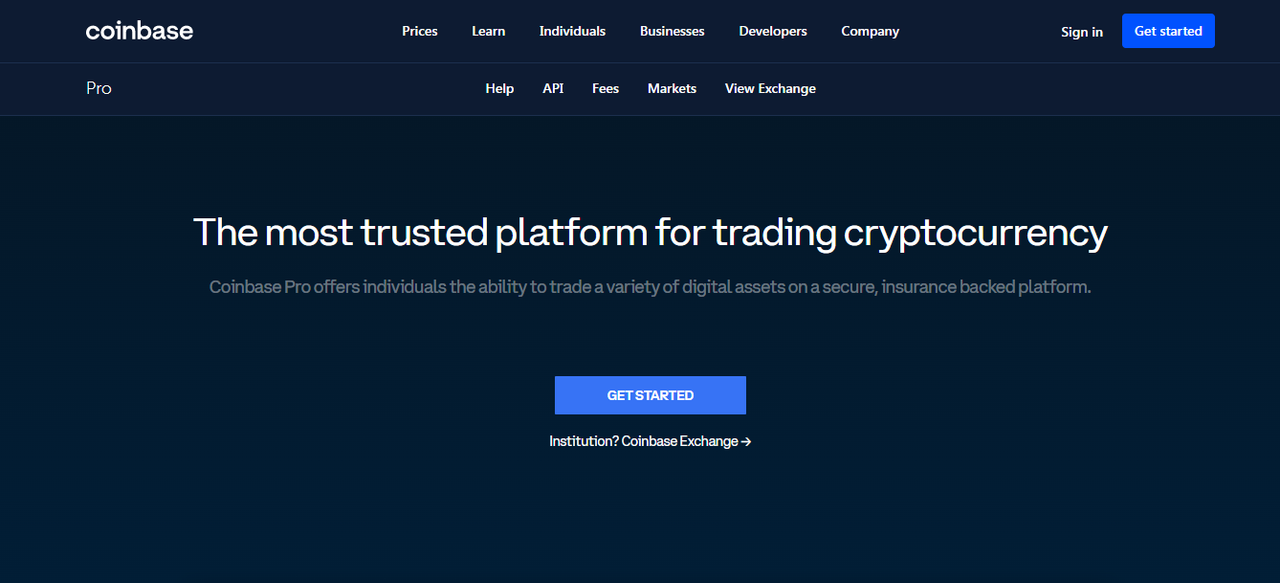Overview
The Coinbase Wallet Extension is a browser-based, non-custodial wallet designed to bridge users to decentralized applications, decentralized finance (DeFi), and digital collectibles (NFTs) with strong usability and security principles. Unlike funds held on exchanges, assets managed through the Coinbase Wallet Extension remain under the control of the wallet owner through cryptographic private keys. This guide presents a comprehensive approach to installing, verifying, securing, and troubleshooting the Coinbase Wallet Extension, with practical advice for both new users and institutional operators.
Why choose the Coinbase Wallet Extension?
Coinbase has developed the extension with a focus on accessibility, compatibility, and a user experience that simplifies the common complexities associated with blockchain interactions. The extension allows connection to web-based dApps, in-extension token swaps, and NFT interaction while preserving local key custody: the wallet's primary design goal is to give users ownership of private keys while delivering a polished interface that minimizes user errors. This balance makes the Coinbase Wallet Extension suitable for users who prefer a browser-centric experience but insist on retaining control over their cryptographic assets.
Security model and best practices
Security is a multi-layered construct. The Coinbase Wallet Extension stores and encrypts private keys locally in the browser's secure storage, where they are protected by a user-chosen password and browser-level safeguards. The extension will generate a recovery phrase at wallet creation; that phrase is the only reliable method to restore wallet access if device storage is damaged or the browser is reset. Critical safety practices include: writing the recovery phrase on an offline medium, storing copies in geographically-separated secure locations, using hardware wallets for high-value holdings, verifying extension publisher identity in the browser store, and enabling additional operating system protections (e.g., disk encryption, strong OS passwords). Remember that any entity with access to the recovery phrase can control the funds, so never reveal it to anyone, including purported support staff.
Compatibility and ecosystem integrations
The Coinbase Wallet Extension integrates with the broader Coinbase ecosystem while remaining a standalone, non-custodial application. It supports thousands of tokens across multiple blockchains and integrates with major dApps like liquidity protocols, decentralized exchanges, and NFT marketplaces. Cross-device synchronization is possible by linking the extension to the Coinbase Wallet mobile application, allowing seamless transfer of session authorizations and improved device management. For advanced users, the wallet supports connecting hardware keys where supported, enabling offline signing for critical transactions.
Step-by-step installation & verification
1) Navigate only to official sources: prefer https://www.coinbase.com/wallet as your authoritative reference. 2) From that page, follow the store links for your browser (Chrome, Edge, Brave, etc.). 3) Confirm the publisher is listed as Coinbase, Inc. and that the listing URL matches the official referral. 4) Review requested permissions and avoid granting blanket access to unknown websites. 5) After installation, create a strong wallet password, then record the recovery phrase onto durable media (metal backing recommended for long-term storage). Never store the recovery phrase in cloud backups or plaintext on connected devices.
Advanced usage: swaps, bridging, and dApp sessions
The extension's integrated swap functionality routes trades through recognized aggregators and liquidity sources; always inspect the swap route, expected slippage, and fees before confirming. For cross-chain bridging, use reputable services and small-value test transfers to validate the route before large transfers. When connecting to dApps, prefer ephemeral session approvals that require explicit user confirmation for each action; avoid approving extensive permissions requests unless necessary. For high-frequency traders or institutions, consider delegating custody management to dedicated hardware wallets or custody providers while using the extension for low-risk operations and interface convenience.
Troubleshooting & maintenance
Common issues include extension permissions, browser profile corruption, or an unexpected browser reset that removes extension state. If the extension is removed, restore using your recovery phrase via the official setup flow; never import a recovery phrase into third-party web tools. Keep both the extension and the browser up to date, and prefer official store updates rather than downloading packaged CRX files from unknown sources. If transaction confirmations appear incorrect (wrong recipient or amount), cancel immediately and review recent browser extensions and network activity for possible interference. For hardware wallet users, confirm firmware compatibility and ensure the extension recognizes the device before signing valuable transactions.
Compliance & institutional considerations
Organizations planning to use browser wallets for treasury operations should evaluate the extension within a broader security policy. Recommendations include: multi-signer setups where possible, hardware-backed signing for large-value transactions, offline key backups stored in secure vaults, and clear incident response plans for potential key compromise. Conduct audits of extension usage, implement role-based access controls for operational staff, and periodically verify the integrity of installed browser extensions by comparing publisher metadata and checksums with official sources.
Final recommendations
The Coinbase Wallet Extension offers a robust, user-friendly interface for interacting with Web3 while preserving self-custody. Its combination of features, integration with Coinbase resources, and a focus on UX make it a strong candidate for users who frequently interact with dApps in a browser environment. Prioritize safe installation habits, use hardware wallets for significant funds, verify all downloads against official channels, and keep rigorous backups of your recovery phrase.
